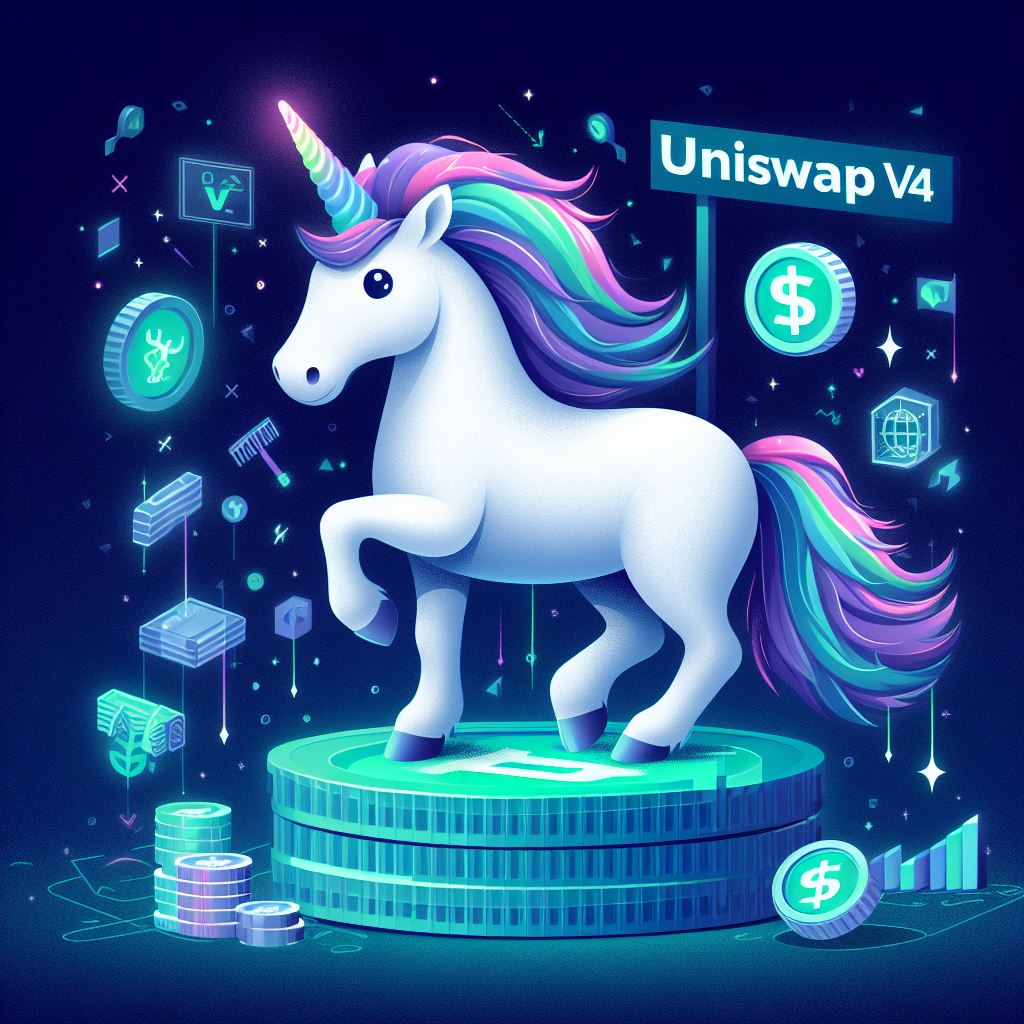Key Innovations of Uniswap V4: Hooks and Singleton Contract

Last week we looked at Uniswap v3 and optimal strategies for maximizing returns as a liquidity provider. Recognized as one of the primary innovators in the cryptocurrency space, Uniswap continues to impress with its ongoing evolution. Today, we delve into what is currently known about its latest model, Uniswap v4.
The previous version of Uniswap introduced key innovations such as leveraged liquidity and dynamic range, signaling a growing emphasis on customization. With Uniswap v4, the platform aims to take pool customization to a new level with the introduction of «hooks».
Hooks are snippets of code that can be added to a liquidity pool to perform specific actions. This feature opens up a number of possibilities for customizing pools without abandoning the previous model, as they can also function similarly to Uniswap v3.
Some potential uses of hooks include implementing dynamic fees, limit orders, know your customer (KYC) in specific pools, and withdrawal fees. The ability to add hook contracts when creating a pool provides almost limitless customization options.
It is important to clarify an earlier announcement regarding the possible implementation of KYC in Uniswap. Although hooks enable this feature, it seems to be limited to pools intended for institutional investors, reassuring individual users.
Another significant change is the introduction of the singleton contract. Simply put, all pools will now reside in a single contract, significantly reducing the gas required to interact with Uniswap. Estimates suggest a reduction of over 90%, although confirmation of these figures will have to wait until the official launch of the new version.
Finally, Uniswap v4 reintroduces native ETH pools, eliminating the need to convert them to wrapped ETH to provide liquidity.
Notably, Uniswap has secured code exclusivity for four years, a longer period than Uniswap v3, meaning it will be the only platform able to implement these innovations.
While there is no official release date for the new version, rumors suggest that it could happen in the first quarter of 2024. We will be paying close attention to the launch of the new version to explore how to maximize the use of hooks and share our findings with the community.
0 comentarios